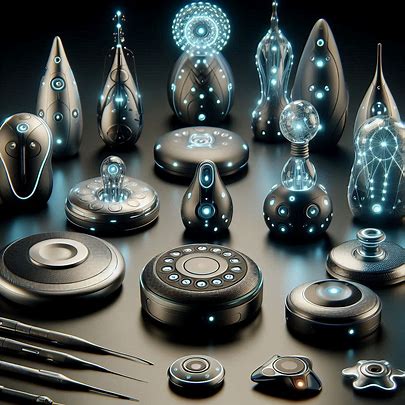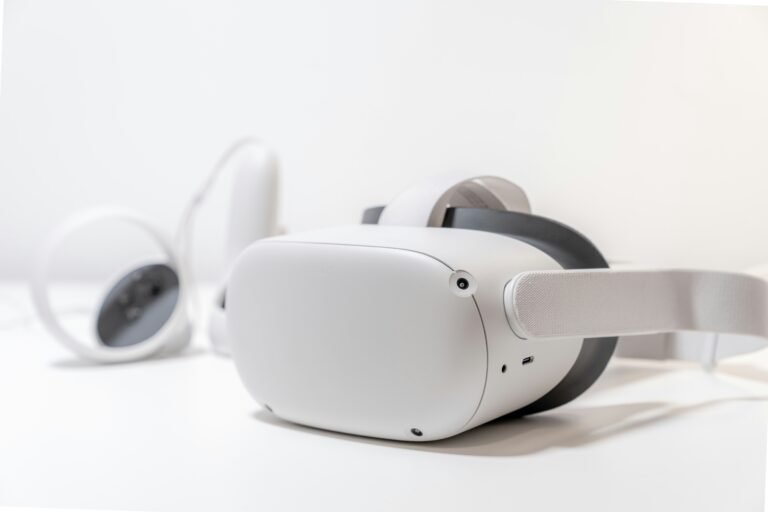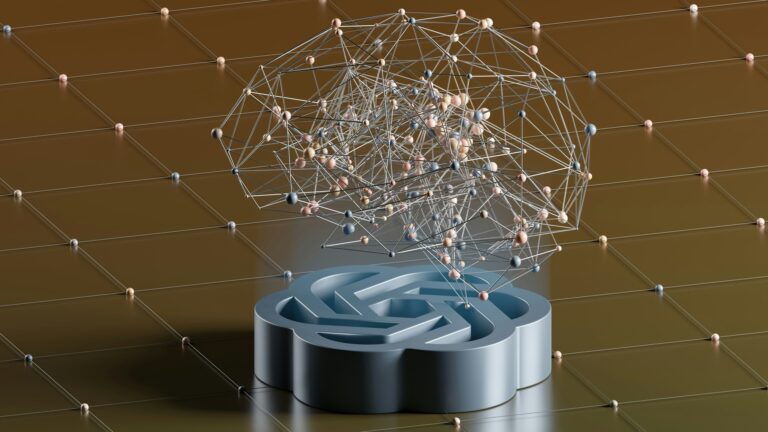
Introduction
Imagine a device that can relieve chronic pain, manage neurological disorders, or even enhance mental focus by gently stimulating your brain or nerves. This is the promise of neuromodulation devices, cutting-edge medical technologies that use electrical or chemical signals to influence the nervous system. From treating epilepsy to alleviating depression, these devices are transforming healthcare by offering targeted, often non-invasive solutions. This article explores what neuromodulation devices are, how they work, their real-world applications, current trends, and their potential to improve lives, all presented in an engaging and accessible way for everyone.
What are Neuromodulation Devices?
Neuromodulation devices are medical tools designed to modulate or alter the activity of the nervous system to treat various conditions. They work by delivering controlled electrical impulses, magnetic stimulation, or chemical agents to specific nerves, brain regions, or the spinal cord. These devices can be implanted, worn externally, or used temporarily, depending on the condition and treatment goals.
Types of Neuromodulation Devices
- Implantable Devices: Small devices surgically placed inside the body, like deep brain stimulators (DBS) or spinal cord stimulators (SCS).
- Non-Invasive Devices: External devices, such as transcranial magnetic stimulation (TMS) machines, applied to the skin or scalp.
- Neurochemical Devices: Deliver drugs or chemicals to specific neural targets, like intrathecal pumps for pain relief.
- Wearable Devices: Emerging consumer devices, like neurofeedback headbands, for wellness or cognitive enhancement.
For example, a patient with chronic back pain might use a spinal cord stimulator, a small implanted device that sends electrical pulses to block pain signals before they reach the brain.
How Neuromodulation Devices Work
Neuromodulation devices influence nerve activity to restore balance or alleviate symptoms. Here’s a simplified process:
- Targeting: The device identifies a specific nerve, brain region, or spinal cord area linked to the condition, using imaging or mapping techniques.
- Stimulation: Electrical pulses, magnetic fields, or chemicals are delivered to modulate neural activity. For instance, electrical stimulation can enhance or suppress nerve signals.
- Feedback and Adjustment: Many devices allow real-time adjustments, either by healthcare providers or through AI algorithms, to optimize therapy.
- Outcome: The stimulation alters neural pathways, reducing symptoms like pain, seizures, or mood imbalances.
For example, in deep brain stimulation for Parkinson’s disease, electrodes implanted in the brain deliver pulses to regulate abnormal activity, reducing tremors and improving movement.
Real-World Applications of Neuromodulation Devices
Neuromodulation devices are used across medical and wellness fields, offering hope for conditions once considered untreatable.
Chronic Pain Management
Spinal cord stimulators (SCS) and peripheral nerve stimulators help patients with chronic pain, such as from failed back surgery or neuropathy. For instance, Medtronic’s SCS devices deliver low-level electrical pulses to mask pain signals, improving quality of life without relying solely on medications.
Neurological Disorders
Deep brain stimulation (DBS) treats conditions like Parkinson’s disease, epilepsy, and essential tremor. In epilepsy, responsive neurostimulation (RNS) devices, like those from NeuroPace, detect and interrupt seizure activity in real-time, reducing episodes for patients resistant to drugs.
Mental Health
Transcranial magnetic stimulation (TMS) is a non-invasive treatment for depression and anxiety. By applying magnetic pulses to the scalp, TMS stimulates brain regions linked to mood regulation. Companies like BrainsWay offer FDA-approved TMS devices for patients unresponsive to antidepressants.
Bladder and Bowel Control
Sacral nerve stimulators, such as InterStim by Medtronic, treat overactive bladder and fecal incontinence by modulating nerves controlling pelvic muscles. These implantable devices help patients regain control and confidence.
Consumer Wellness
Wearable neuromodulation devices, like Muse headbands, use neurofeedback to promote relaxation or focus. These devices monitor brain activity and provide real-time feedback, helping users manage stress or improve meditation.
From newsrooms to trading floors, success is all about smart timing. Sharpen your skills with us.

Current Trends in Neuromodulation Devices
As of June 2025, neuromodulation is advancing rapidly, driven by technological innovation and growing demand for personalized medicine. Here are key trends:
Miniaturization and Wearability
Devices are becoming smaller and less invasive. For example, Abbott’s Infinity DBS system is more compact, improving patient comfort. Wearable neuromodulation devices, like those from Flow Neuroscience for depression, are gaining popularity for home use.
AI and Closed-Loop Systems
AI-powered closed-loop devices adapt stimulation in real-time based on neural feedback. For instance, Medtronic’s Percept DBS uses AI to adjust stimulation for Parkinson’s patients, optimizing symptom control while minimizing side effects.
Non-Invasive Innovations
Non-invasive techniques, like focused ultrasound neuromodulation, are emerging for brain stimulation without surgery. Insightec’s ultrasound devices, for example, treat tremor disorders by targeting brain regions with precision.
Personalized Therapies
Advances in neuroimaging and machine learning allow devices to tailor treatments to individual neural patterns. This is particularly impactful in mental health, where TMS protocols are customized for each patient’s brain activity.
Consumer and Over-the-Counter Devices
The rise of consumer neuromodulation devices, such as transcranial direct current stimulation (tDCS) headsets, is making the technology accessible for cognitive enhancement or stress relief, though regulatory oversight remains a concern.
Benefits of Neuromodulation Devices
Neuromodulation devices offer significant advantages:
- Targeted Treatment: They address specific neural pathways, reducing side effects compared to medications.
- Non-Invasive Options: Many devices avoid surgery, increasing accessibility.
- Improved Quality of Life: They alleviate symptoms for chronic conditions, enhancing daily functioning.
- Reduced Drug Dependency: Devices can decrease reliance on painkillers or other medications.
- Adaptability: Adjustable settings allow personalized, evolving therapies.
Challenges of Neuromodulation Devices
Despite their promise, neuromodulation faces challenges:
- Cost and Accessibility: Implantable devices and surgeries can be expensive, limiting access for some patients.
- Side Effects: Risks like infection (for implants) or discomfort from stimulation require careful management.
- Regulatory Hurdles: Consumer devices, especially for cognitive enhancement, face scrutiny over safety and efficacy.
- Technical Complexity: Developing and maintaining advanced devices demands significant expertise.
- Long-Term Effects: The long-term impact of some newer devices, particularly non-invasive ones, is still under study.
Addressing these requires ongoing research, regulatory clarity, and efforts to make devices more affordable.
The Future of Neuromodulation Devices
Neuromodulation is poised to transform healthcare by 2030, with exciting possibilities:
- Broader Applications: Devices may treat conditions like Alzheimer’s, addiction, or obesity by targeting specific neural circuits.
- Consumer Integration: Affordable, user-friendly devices could become mainstream for mental wellness or cognitive enhancement.
- Minimally Invasive Advances: Non-surgical options like transcranial ultrasound will expand access to neuromodulation.
- Global Access: Efforts to lower costs and improve distribution will bring therapies to underserved regions.
Investment in research, clinician training, and ethical guidelines will ensure neuromodulation’s benefits reach a wider population.

Conclusion
Neuromodulation devices are revolutionizing healthcare by offering targeted, innovative solutions for chronic pain, neurological disorders, and mental health challenges. From implantable stimulators to wearable neurofeedback devices, their applications are diverse and impactful. As trends like AI integration, miniaturization, and non-invasive techniques drive progress, neuromodulation promises a future where personalized, effective treatments enhance lives. By addressing challenges like cost and regulation, this technology can empower individuals to manage their health with unprecedented precision and hope.
Word count: 1000




